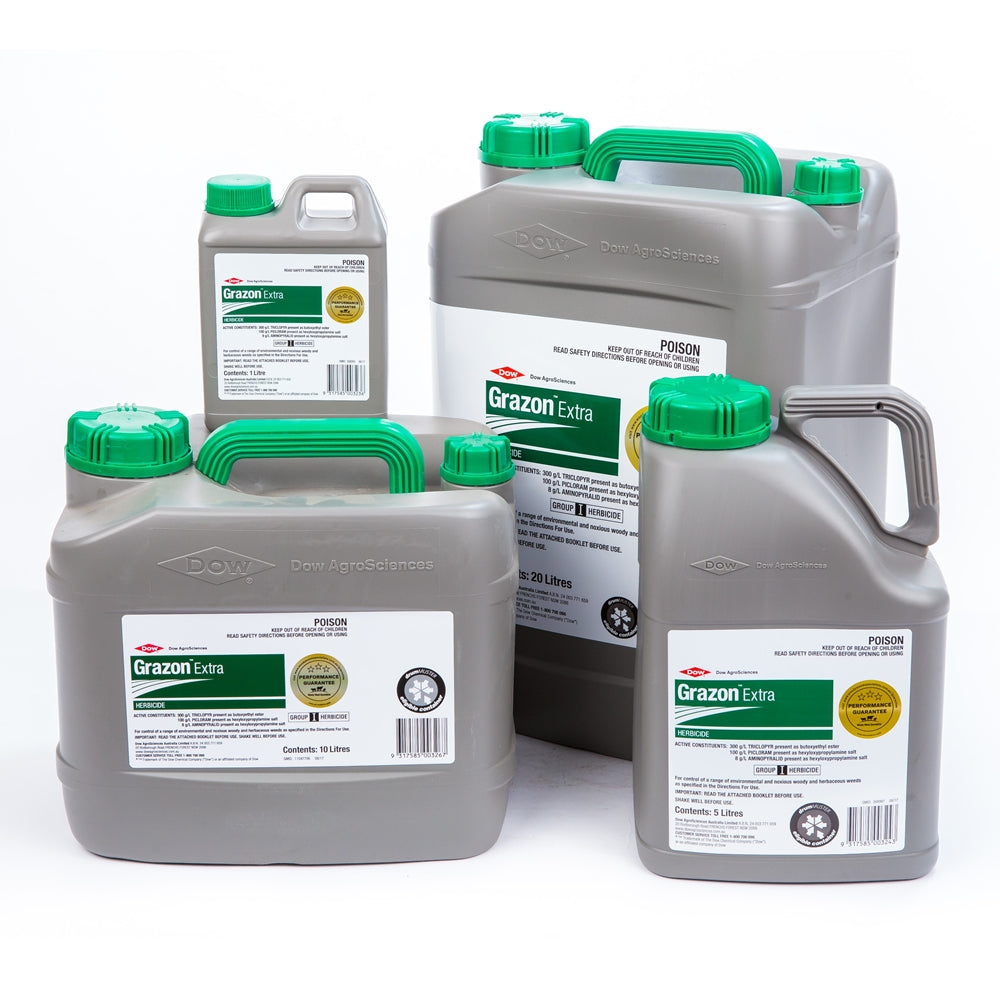
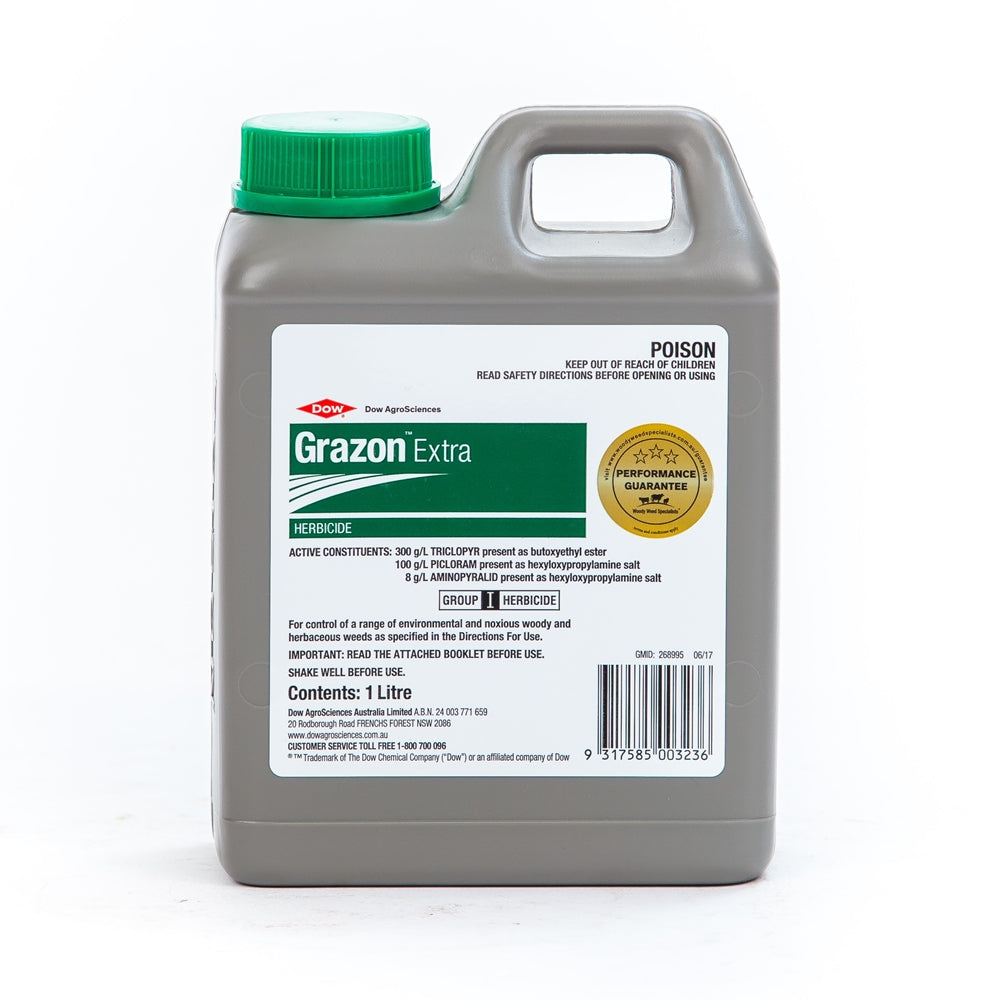
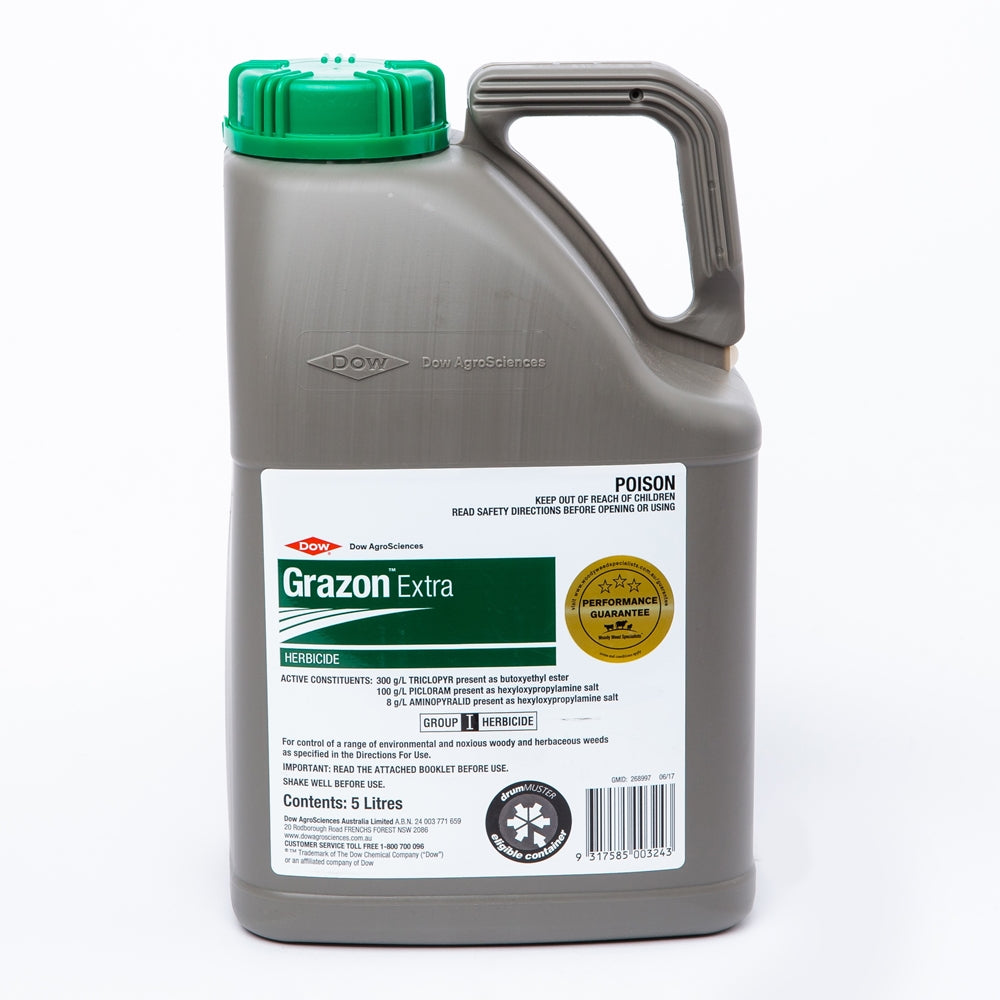
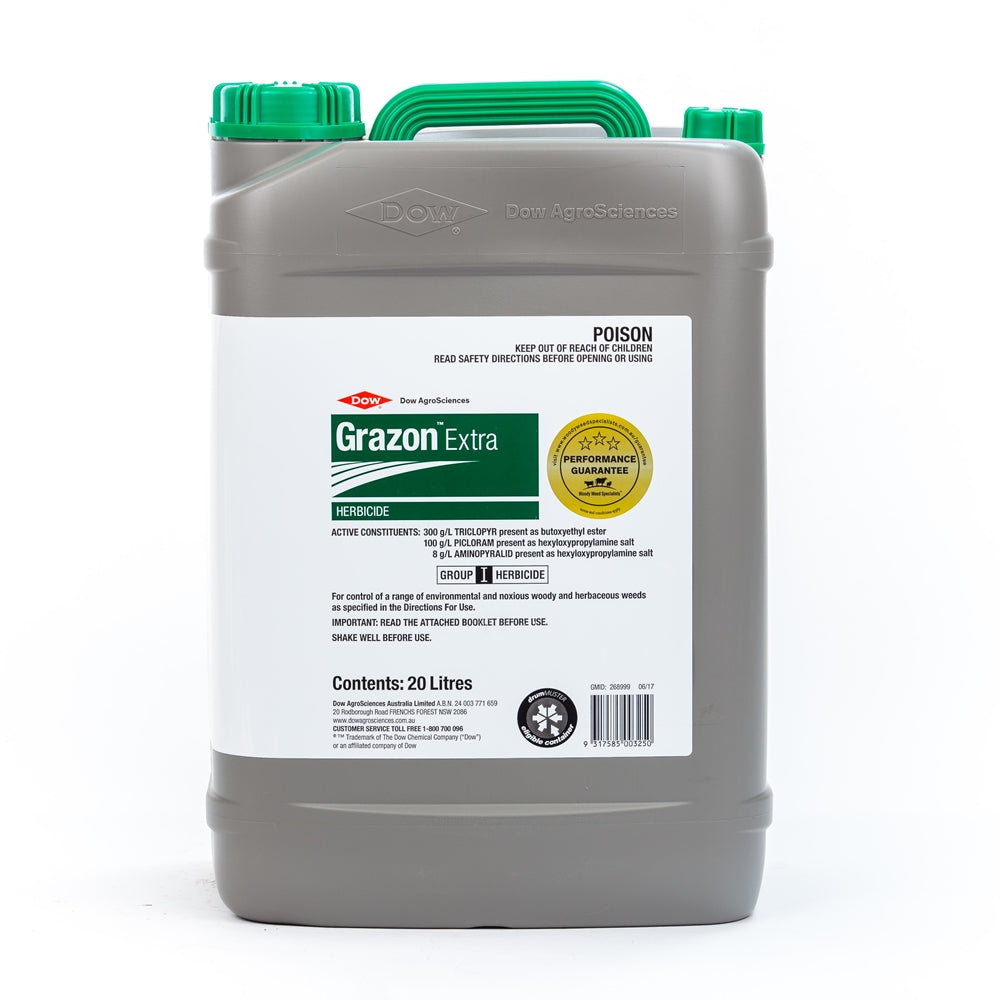
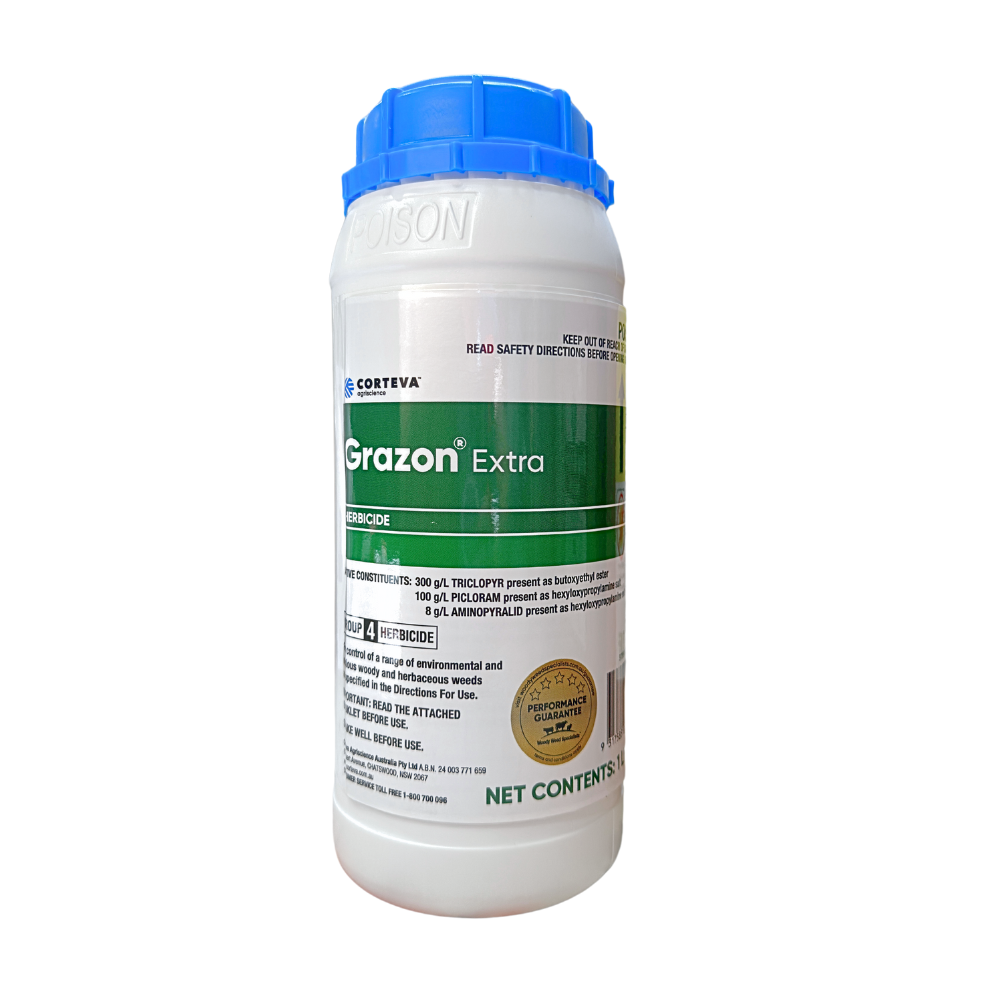
Corteva Grazon Extra Herbicide Triclopyr Picloram Aminopyralid
Group 4 Herbicide
Grazon Extra is primarily used for brushweed control plus difficult to control broadleaf weeds in fallow situations in northern Australia. In Southern Australia it is the standard for volunteer lucerne removal prior to cereal cropping. Grazon Extra uses place cell growth disruption (all pyridines) to control the weeds.
Key Features:
- Mode of action - Acts on both foliage and roots to provide rapid brownout of leaves, dry down of stems and destruction of the root mass to prevent regrowth.
- Residual activity - Ingredients remain active in the soil and prevent seeds of the target woody plants and secondary weeds from germinating for many months after application (in some cases up to two years).
- Selectivity - Controls the target weeds without harming pasture grasses.
SHORT DESCRIPTION
Grazon Extra uses Aminopyralid, Triclopyr and Picloram as active ingredients. The Herbicide represents a great choice for foliar applications when dealing with challenging-to-eradicate noxious and woody weeds. This product boasts a combination of three active ingredients, providing control over the most extensive range of weeds available in a single product on the market. It delivers both prompt knockdown and lasting residual weed control.
ACTIVE INGREDIENTS
300g/L Triclopyr,
100g/L Picloram,
8g/L Aminopyralid
APPLICATION INFORMATION
Please refer to the label for application rates and instructions.
GENERAL RATE -----------
WEEDS CONTROLLED
Please refer to the label for additional weeds controlled and situations.
Weeds Controlled:
- African boxthorn, Angophora spp.
- Australian blackthorn, Banksia spp.
- Biddy bush
- Blackberry
- Blue heliotrope
- Brooms (Cape, English, flax leaf, montpellier)
- Camphor Laurel
- Capeweed, Casuarina spp.
- Chinee apple
- Cockspur thorn
- Common sensitive plant
- Crofton weed
- Eastern cotton bush (Maireana microphylla)
- Eucalyptus spp.
- Fireweed
- Galenia
- Giant bramble
- Gorse
- Groundsel bush (Baccharis halimifolia)
- Green cestrum
- Hawthorn
- Horehound
- Lantana (Lantana camara) (Lantana montevidensis)
- Lion’s tail (Leonatis nepetifolia)
- Limebush
- Manuka
- Mesquite (Prosopis spp.)
- Prosopis velutina
- Milfoil (Yarrow)
- Mistflower
- Mother-of-millions
- Paddy’s lucerne
- Parkinsonia
- Paterson’s curse
- Prickly pear (common) Smooth tree pear
- Rubber vine
- Siam weed
- Sicklepod
- Spear thistle
- St John’s wort
- Sweet briar
- Tobacco weed
- Wattle (Acacia spp.) (except corkwood wattle)
- Wild Rosemary (Cassinia laevis)
- Wild tobacco tree
PRODUCT LABEL SUMMARY
DIRECTIONS FOR USE ------------
RESTRAINTS
• DO NOT apply to weeds which may be stressed (not actively growing) due to prolonged periods of extreme cold, moisture stress (water-logged or drought affected), poor nutrition, presence of disease, damage or previous herbicide treatment, as reduced levels of control may result.
• DO NOT spray if rain is likely within 1 hour or if foliage is wet from rain or dew.
• DO NOT burn off, cut or clear blackberry or other woody weeds for at least 6 months after spraying.
• DO NOT apply by aerial application in wind in excess of 15 km/hr and/or air temperatures above 35C.
• In areas prone to flooding treatment should commence after any annual flooding, as such areas flooded within 9 months following application may have reduced results.
1. WOODY WEED SITUATIONS
Table A: High Volume Spraying -
See GENERAL INSTRUCTIONS - APPLICATION section for application method details.
Note:
Corteva Agriscience only recommends the use of knapsacks or 12 volt sprayers for use on
low growing herbaceous weeds and woody weeds that are not regrowth and are less than 60 cm
high or 60 cm diameter.
Table B: Aerial Application
See GENERAL INSTRUCTIONS - APPLICATION section for application method details.
Table C: Controlled Droplet Application (C.D.A.)
See GENERAL INSTRUCTIONS - APPLICATION section for application method details.
Table D: Low Volume High Concentrate Application Techniques
(Gas Powered Gun, Sprinkler Sprayer)
See GENERAL INSTRUCTIONS - APPLICATION section for application method details.
Table E: Boom Application
See GENERAL INSTRUCTIONS - APPLICATION section for application method details.
Table F: Boom Application
See GENERAL INSTRUCTIONS - APPLICATION section for application method details.
2. FALLOW SITUATIONS
Table A: Boom Application
See GENERAL INSTRUCTIONS - APPLICATION section for application method details.
Table B: Blanket Wiper Application
See GENERAL INSTRUCTIONS - APPLICATION section for application method details
IN TASMANIA FOR BLACKBERRY
* DO NOT treat bushes carrying mature or near mature fruit.
FOR NATIVE VEGETATION
* Use of Grazon® Extra on native vegetation must be done in accordance with STATE and/or LOCAL legislation.
WITHHOLDING PERIOD ----------
Pasture:
Cutting or Grazing Pastures for Stock Food: NOT REQUIRED WHEN USED AS DIRECTED.
LIVESTOCK DESTINED FOR EXPORT MARKETS
The grazing withholding period only applies to stock slaughtered for the domestic market. Some export markets apply different standards. To meet these standards, ensure that in addition to complying with the grazing withholding period, the Export Slaughter Interval is observed before stock are sold or slaughtered.
EXPORT SLAUGHTER INTERVAL (ESI) – 3 days:
Livestock that has been grazed on or fed treated crops within 42 days of application should be placed on clean feed for 3 days prior to slaughter.
EXPORT GRAZING INTERVAL (EGI) – 42 days:
Livestock that has been grazing on treated crops or pasture should not be sold for export slaughter for 42 days (6 weeks) after application of the chemical product, unless the export slaughter interval has been observed.
When Grazon® Extra is used as directed and the above withholding periods and/or export intervals are observed, treated grain and livestock commodities are considered acceptable for export.
However, export requirements are subject to change. Consult your exporter for updated information about specific market requirements.
IMPORTANT: Read the MANAGEMENT OF RESIDUES IN COMPOST, MULCHES AND ANIMAL WASTE in the PROTECTION OF CROPS, NATIVES AND OTHER NON-TARGET PLANTS section of this label
GENERAL INSTRUCTIONS ----------
MINIMUM RECROPPING PERIODS
Aminopyralid and picloram remain active in the soil for extended periods depending on the rate of application, soil type (clay content), rainfall, temperature, humidity, soil moisture and soil organic matter. The following tables show plant-back periods to particular crops following
application of Grazon® Extra in different areas/situations of Australia.
Table A: Northern New South Wales & Queensland
Plant-back periods for rotational crops following application of Grazon® Extra for rates up to 600 mL/ha on black cracking clay soils. These plant-back periods are based on a normal rainfall pattern. During drought conditions (or when the rainfall is less than 100 mm for a period of 4 months or greater) the plant-back period may be significantly longer
Table B: Blanket Wiper Application
Table C: Southern New South Wales
Plant-back periods for rotational crops following application of Grazon® Extra for rates up to 500 mL/ha.
Note:
Before using Grazon® Extra in tank mixes with other herbicides, check the plant-back information on all product labels. The most residual product, i.e. the product with the longest plant-back period, will determine the time between spraying and planting.
MIXING ----------
* Mix only with water.
* Half fill the spray unit with water and add the required amount of Grazon® Extra. Add the remaining water with the agitator running. If required, then add spray oils or wetters (surfactants). Maintain mechanical or by-pass agitation in the spray tank during spraying. Only mix sufficient solution for immediate daily use and avoid storing.
APPLICATION ----------
Only apply Grazon® Extra under atmospheric conditions that do not allow drift onto to sensitive crops to occur.
1. WOODY WEED SITUATIONS
Weeds need to be actively growing for herbicides to have optimum effect. Delay treatment until all regrowth has had time to grow to approximately 1 metre in situations
which have been bulldozed, slashed, burnt, ploughed, or areas having a previous chemical treatment.
A. High Volume Spraying
* Thorough coverage of foliage to the point of run-off is essential; however, avoid excess spraying which is wasteful of chemical.
Hand Gun
* Apply the recommended mix to give full coverage of leaves and stems through a No. 6 to 8 tip at 700 to 1500 kPa (400 to 500 kPa for St John's wort).
* A spray volume of 3000 to 4000 L per infested hectare of 1 to 2 metre high blackberry (30 to 40 L/100 m2
) should be used.
* Use 2000 L of spray mixture/ha of galenia infestation (i.e. 20 L/100 m2 infested area).
Knapsack & 12 volt Sprayer Packs
* Apply the recommended spray mix to give full coverage of leaves and stems.
* Only recommended for the control of herbaceous weeds, such as capeweed, fireweed and
spear thistle, and woody weeds that are not regrowth less than 60 cm high or 60 cm diameter.
B. Aerial Application
* Apply in 200 L of water/ha using an aircraft to apply 100 L per pass on a double overlap pattern using nozzle configurations to produce coarse to very coarse droplets as defined by ASAE S572.
C. Controlled Droplet Application (C.D.A.)
• Results similar to high volume spraying can be obtained using Micron Herbi or similar equipment. Select a nozzle to give a flow rate of 2 mL/sec and sweeping action of
approximately 1 m/sec to ensure a droplet density of 20/cm². Use a marking agent, as recommended by the equipment manufacturers, to check spray coverage. Also, consult directions provided with C.D.A. unit.
D. Low Volume High Concentrate Application Techniques
• Good control will be achieved, similar to high volume application, where bush size enables good coverage of entire bush. Use a marking agent, as recommended by the equipment manufacturers, to check spray coverage.
• Gas powered gun: Apply 50 mL shots to obtain uniform coverage of 4 to 5 m² of surface area of bush. This relates to 20 droplets/cm² of leaf surface.
• Sprinkler sprayer: This technique involves using a micro sprinkler that is connected to a hollow fibre glass rod attached to a pneumatic knapsack sprayer. Use at low pressures (50 to 200 kPa) and apply with a slow sweeping action over the top of the plants ensuring
even coverage on the leaves.
E./F Boom Application
• Application in a minimum spray volume of 200 L/ha for galenia and St. John’s wort and 600 L of water/ha for sickle pod. Use nozzle configurations to produce course spray droplets as defined by ASAE S572 definition for standard nozzles. Boom height must be set to ensure double overlap of nozzle patterns.
2. FALLOW SITUATIONS
A. Boom Application
• Application of Grazon® Extra in a minimum spray volume of 70 L/ha is recommended using nozzle configurations to produce course spray droplets as defined by ASAE S572 definition for standard nozzles. Boom height must be set to ensure double overlap of
nozzle patterns.
B. Blanket Wiper Application
• Blanket needs to be made from durable and wettable material with a rigid backing.
• Blanket should be rigidly mounted behind motorised vehicle (eg. tractor, 4-wheel drive vehicle) and set low but never touching the ground. The chemical solution should be fed to the blanket at a flow rate sufficient to keep the blanket wet but not dripping. In thick patches the blanket may require more frequent solution recharge (rewetting).
• Ideally, a scraper bar should be mounted in front of the blanket in order to scrape or damage the bark (but not sever the stems) prior to the blanket wiping the stems. This scraper may be mounted at the front of the vehicle.
• Two passes (in opposite direction) with the blanket increases the contact with the plant. Ground speeds of 10–15 kph are ideal for blanket wiping application.
COMPATIBILITY ----------
* Follow any regional restrictions, and all directions and restrictions on the labels of any chemical mixed with Grazon® Extra (e.g. 2,4,-D amine). * Grazon® Extra is compatible with the following herbicides:
Glyphosate 450, metsulfuron-methyl, Roundup® CT, Starane® Advanced, Statesman® 720,
Stinger®
Grazon® Extra is compatible with the following adjuvants, as per Directions for Use on this label;
Uptake® Spraying Oil, BS1000 Biodegradable Surfactant, (alternatives are Chemwet 1000,
and Spreadwet 1000 Wetting Agent), or Pulse Penetrant
* Not all surfactants or crop oils are of equal quality, Corteva Agriscience does not support the use of alternative products other than those listed in the COMPATIBILITY section.
CLEANING SPRAY EQUIPMENT----------
Rinsing:
* After using Grazon® Extra, empty the spray unit completely and drain the whole system. Thoroughly wash inside the unit using a pressure hose. Drain the spray unit, and clean any filters in the tank, pump, lines, hoses and nozzles.
* After cleaning the spray unit as above, quarter fill with clean water and circulate through the pump, lines, hoses and nozzles. Drain and repeat the rinsing procedure twice.
Decontamination:
Before spraying cotton and other sensitive crops with equipment that has been used to apply Grazon® Extra (see PROTECTION OF CROPS, NATIVE AND OTHER NON-TARGET PLANTS section). Wash the tank and rinse the system as above. Then quarter fill the tank and add a standard alkali based laundry detergent at 500 g (or mL)/100 L water and circulate throughout the system for at least 15 minutes. If using a concentrated laundry
detergent, use 250 g (or mL)/100 L water. Do not use chlorine based cleaners. Drain the whole system. Remove filters and nozzles and clean them separately. Finally flush the system with clean water and allow to drain. Rinse water should be discharged onto a designated disposal area or, if this is unavailable, onto unused land away from desirable plants and watercourses.
PROTECTION OF LIVESTOCK
• Poisonous plants may become more palatable after spraying and stock should be kept away
from these plants until they have died down.
• Many plants remain poisonous after death, and stock should not be allowed access, as there
is a likelihood that they may graze the dead material. Such material should be burnt if possible.
PROTECTION OF WILDLIFE, FISH, CRUSTACEANS AND ENVIRONMENT
• DO NOT contaminate streams, rivers or waterways with the chemical or used containers.
PROTECTION OF CROPS, NATIVE AND OTHER NON-TARGET PLANTS
• Crops susceptible to Grazon® Extra include, but are not limited to: peas, lupins, lucerne, navy beans, peanuts, soybeans and other legumes, cotton, flowers, fruit, hops, ornamentals, shade trees and Pinus spp., potatoes, safflower, sugar beet, sunflowers, tobacco, tomatoes,
vegetables and vines.
• Grazon® Extra is damaging to susceptible crops during both growing and dormant periods. Grasses are normally unaffected and establish quickly after treatment.
• Picloram and aminopyralid, two of the active constituents in this product can remain active in the soil for extended periods depending on soil type and application rate, rainfall, temperature, humidity, soil moisture and soil organic matter.
• DO NOT apply under weather conditions, or from spraying equipment, that may cause spray to drift onto nearby susceptible plants/crops, cropping lands, pastures, waterways or native vegetation.
• DO NOT allow physical spray drift onto waterways, native vegetation and susceptible crops.
• DO NOT apply close to, or in areas, containing roots of desirable vegetation, where treated soil may be washed onto areas growing (or areas to be planted with) desirable plants.
• DO NOT apply on sites where surface water from heavy rain can be expected to run off to areas containing, or to be planted with susceptible crops or plants.
• DO NOT move soil, which may have been treated to areas where desirable plants are to be grown.
MANAGEMENT OF RESIDUES IN COMPOST, MULCHES AND ANIMAL WASTE.
DO NOT cut pasture for hay or silage production within 6 months of application, where it is intended for use off-farm.
DO NOT use treated plant material to make, compost, mulches or mushroom substrate.
DO NOT send straw from treated pastures off-farm for these purposes or for animal bedding.
DO NOT send animal manure, dairy shed and feed pad effluent that has been collected from animals grazing or fed pastures treated within the previous 6 months off-farm. Spreading/irrigating this manure/effluent may cause damage to clover and other susceptible plants.
DO NOT send compost made from animal waste that has been collected from animals grazing or fed pastures treated within the previous 6 months off-farm. Such compost may cause damage to clover and other susceptible plants.
DO NOT apply animal waste (e.g. manure, slurry) collected from animals grazing or fed pastures
treated within the previous 6 months to susceptible plants or land to be used to grow susceptible plants.
DO NOT grow susceptible plants within the relevant plant back period in fields treated with manure/effluent from farms where animals have grazed or been fed treated pasture until a field bioassay shows there are no residues in the soil at levels injurious to the susceptible plants (see the MINIMUM RECROPPING PERIODS section).
To promote herbicide decomposition, manure should be evenly incorporated in the surface soil.
Breakdown of residues in decomposing plants or manure is more rapid under warm, moist soil conditions and may be enhanced by supplemental irrigation.
SOIL BIOASSAY
A simple bioassay can be conducted by collecting at least 10 spade spits of soil to a depth of 200 mm from around the paddock and thoroughly mixing the soil together. Place some of this soil in a shallow container to a depth of 3-5 cm and sow 100 seeds of the susceptible plant to be grown (subterranean or white clover is a good indicator plant where it is not practical to use the
susceptible plant) into the soil. Keep in a warm and well lit location and ensure the soil does not dry out. After plant emergence, check the number of plants that have germinated and seedling vigour. Symptoms of Grazon®
residues include non-germination or low plant emergence, leaf cupping, leaf whitening, stem elongation and twisting. If these symptoms occur do not grow the
susceptible plant. Repeat the bioassay again after a further time interval.
APVMA Approval No. : 60830/105077
LABEL, SDS & TECH SHEET
SHIPPING & RETURNS
Greenway Weed Solutions has a distribution centre in QLD only, All orders, Australia-wide will be shipped from this location.
Shipping is automatically calculated at checkout. Shipping rates are determined by total order weight and delivery location.
Pickups are available from the QLD warehouse. Updates to product availability in other Australian warehouses are upcoming.
Choose options





explore our latest Blogs
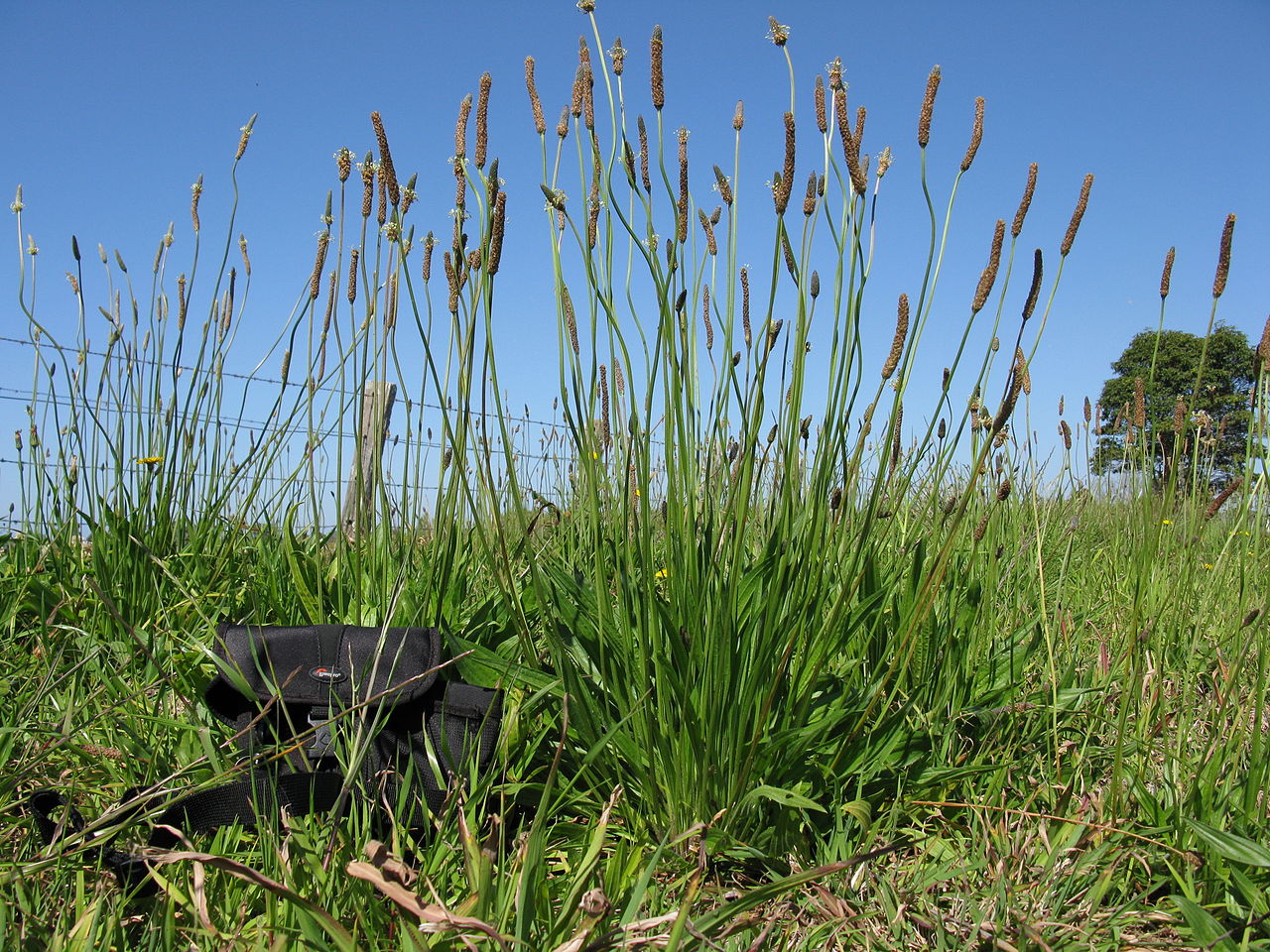
Water pH and the Performance of Weak Acid Herbicides
Weak-acid herbicides must remain in their non-ionised (acid) form to move efficiently through the plant cuticle. When spray water is too alkaline, the herbicide molecule becomes ionised.
Read more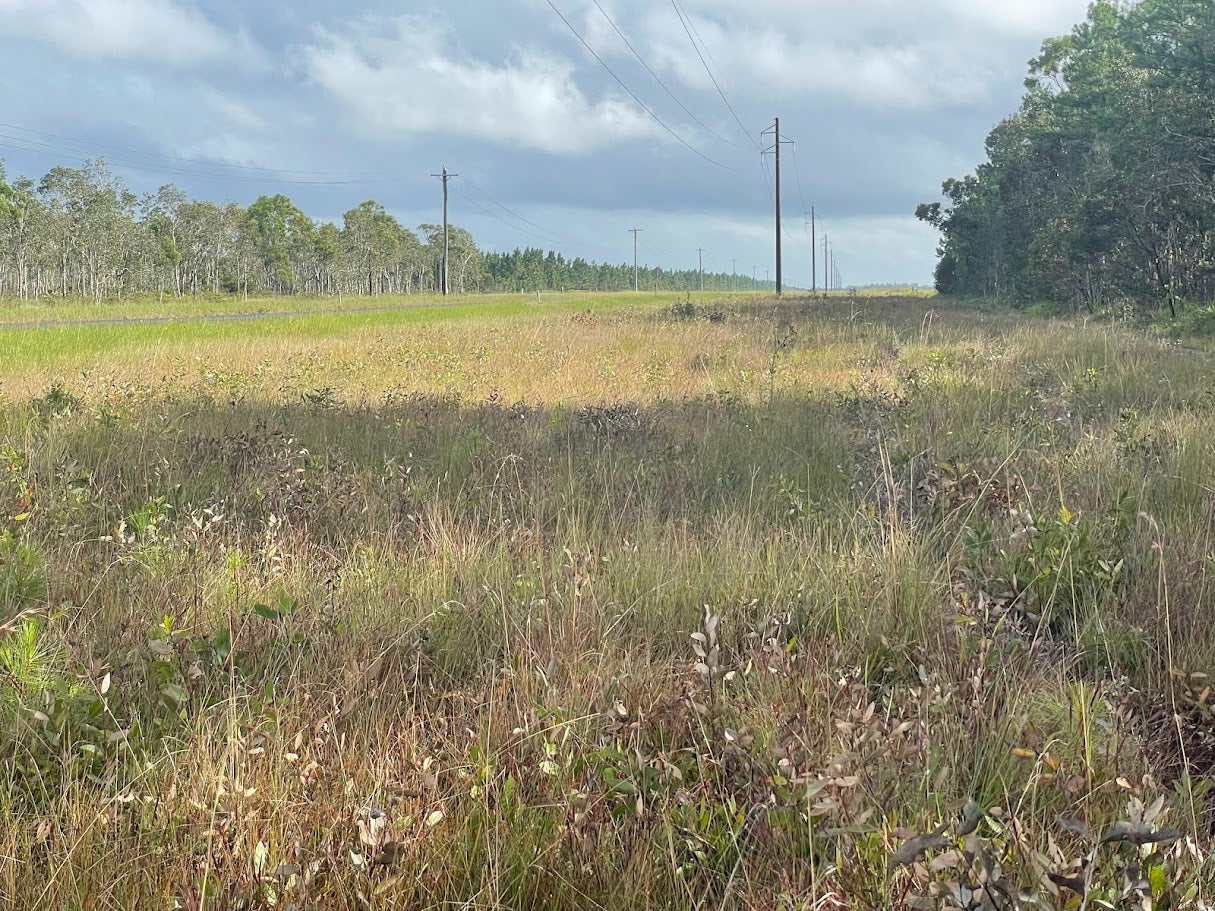
Towards Modern Vegetation Management: Solutions for Australia’s Linear Infrastructure
Understanding the Changing Vegetation Challenge Vegetation management across Australia’s linear infrastructure corridors is becoming increasingly complex. Roads, rail corridors, gas pipelines, elec...
Read more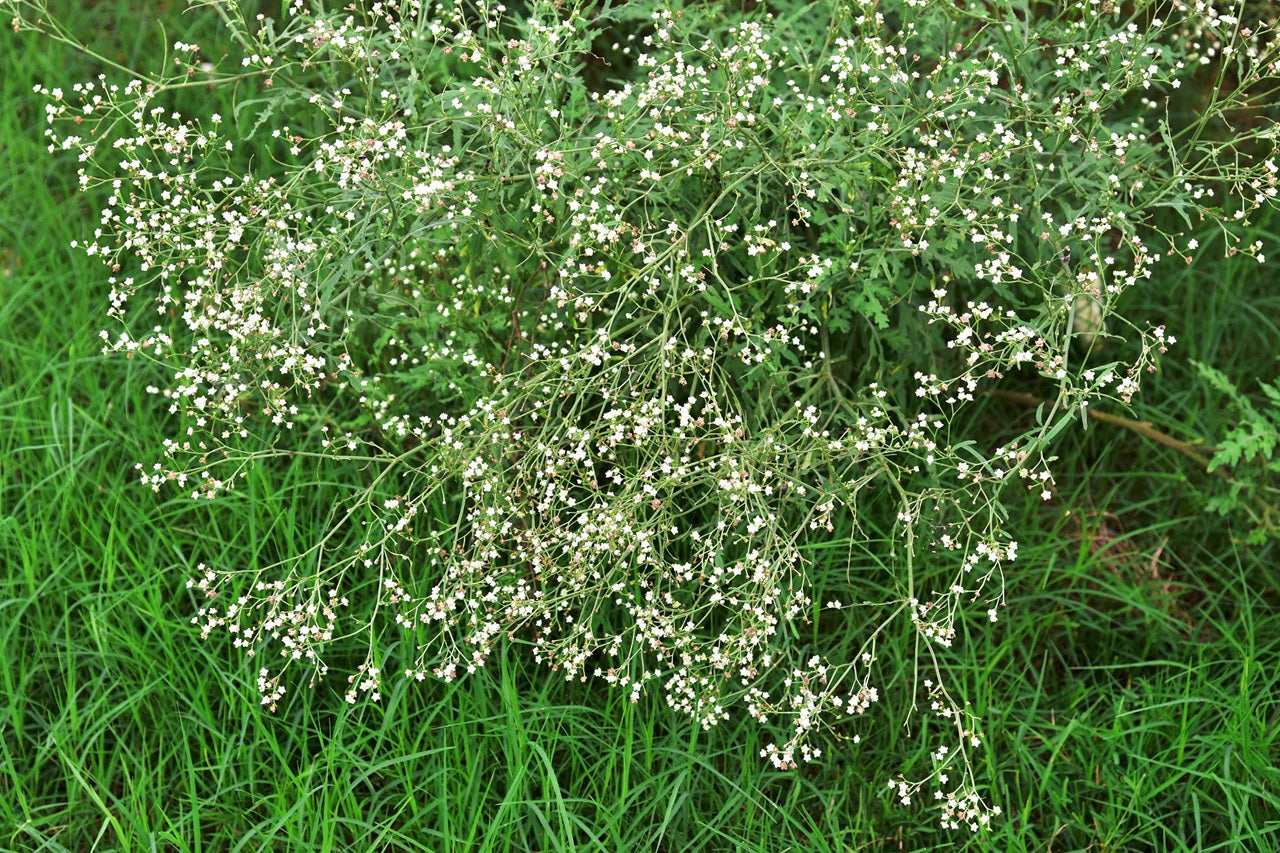
Case Study: Parthenium Weed Hygiene
Introduction: The Necessity of Weed Hygiene Management Australia’s vast expanses and diverse land uses, from grazing pastures and cropping zones to natural bushland and urban corridors are u...
Read more
